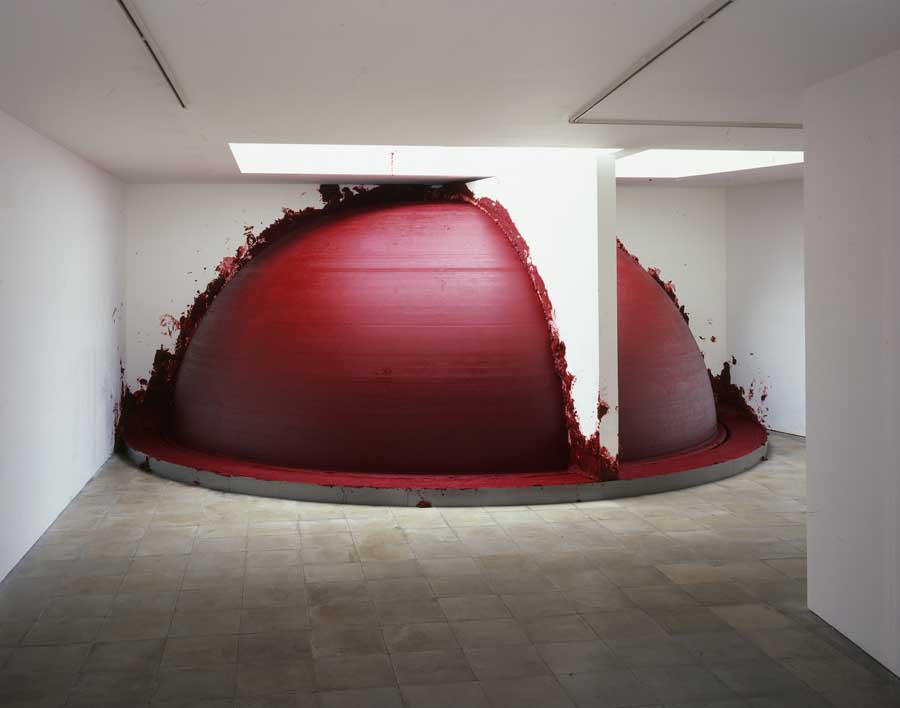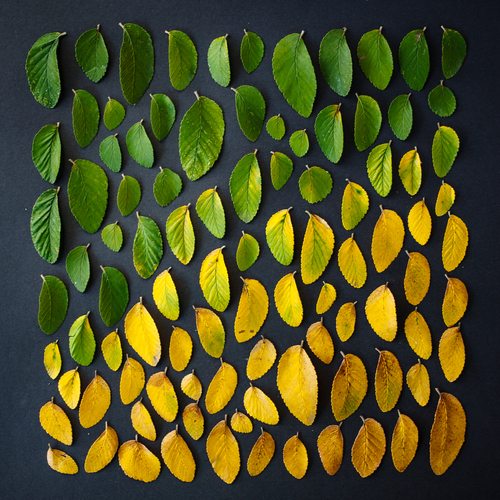For this mini project you are to go to the hardware store (possibly bring a buddy) and photograph yourself with a tool(s). The object of this game is to get familar with where things are located in the store. You need to be in the photo!
Here is the list
1. Cordless tool combo kit that includes an impact driver
2. 1/8" grout tile spacer
3. torque wrench
4. Speed square
5. Box/package of TAPCON screws
6. 3 gang wall plate
7. 20 amp circuit breaker
8. Toggle bolts (package)
9. Cordless pleated window shades
10. Wood handle steel border fork
11. 300 foot long tape
12. Chalk reel
13. Treated 4 x 4
14. 5 min epoxy
15. 3" PVC pipe
Tuesday, September 30, 2014
Thursday, September 25, 2014
WOOD/FORM/COLOR
Objective: This portion of the project is an introduction to learning the tools and techniques surrounding wood construction. You will become familiar with proper woodshop etiquette and safety, while gaining a level of comfort and knowledge of equipment and tool use. The assignment will build on your experience and vocabulary of three-dimensional design from the previous assignments and readings. You will gain a proficiency over the tools and materials as you work through the given design problem.
Assignment: Design and construct a 3-dimensional sculpture (wood as primary material) by repeating a modular unit. The finished design should present a unified composition, whereby the individual parts, in unison, create a stronger visual or conceptual impact than they are able to produce as singular components. The entire project should be painted. Choose a color palate that corresponds to your over all aesthetic or concept.
Guidelines and Considerations:
- The sculpture must be “in the round”. It may be mounted to a wall, just avoid relief.
- The sculpture should be no smaller than 30”.
- The design should incorporate at least two different types of joinery.
- The wood must be finished or treated in some way: paint, stain, sealer, shellac, wax, etc.
- You may use more than one modular form in the composition.
- You may alter the modular form(s) as you repeat them. Consider variations in size, shape, or idea for a sense of gradation.
Vocabulary:
All of the tools demonstrated:
Band saw
Radial Arm Saw
Jig Saw
Palm/ Disc/ Belt Sanders
Panel Saw
Hand Drill/ Drill Press
Jointer
Scroll Saw
Joinery:
butt joint
edge joint
miter joint
lap joint
doweled joint
mortis and tenon
dado
dovetail
fasteners (screws, nails, bolts)
Other:
Lamination
Cross-Cut
Plywood vs. Dimensional
Maquette / Model / Pattern
Orthographic projection
Module / Modular
Gradation
Kerf
Representational- meant to depict (re-present) a recognizable object, and strays little from what that object objectively looks like.
Abstraction- A subjective interpretation of an object whereby the original subject is relatively distinguishable, but intentionally altered for aesthetic or conceptual reasons.
Minimalist Abstraction- depicting an object subjectively by “stripping” it down to its essential or primary form(s).
Non-Objective- A form of abstraction that strays the farthest away from presenting any recognizable object. This type of representation often focuses on representing non-physical things such as ideas, or feelings. This style is often referred to as “formalism” because artists rely heavily on the elements of form and principles of organization to compose the work, instead of re-presenting an object(s).
Materials:
Any wood that is not on the “Do not use these woods” example in the woodshop.
Common woods: Plywood (no Plytanium!!) (approx. ¼”, ½ ”, ¾”)
Dimensional Lumber: 1x4’s, 2x4’s, 2x6’s, dowel rods
Note: the dimension (common name) of these woods is not true. Use a tape measure to find exact dimensions.
Nicer woods: Poplar, Oak, Cedar, Birch, etc. (These can be found in the “millworks” section at Lowe’s and come in a variety of dimensions. Other suppliers: Watauga Building Supply, New River Building Supply, Adam’s Building Supply).
Fasteners: screws, nails, bolts, dowels
Glue (supplied)
stains and/or paints
cardboard or mattboard for maquette
other maquette materials: wire, hot glue, tape, dowels, etc.
Tuesday, September 23, 2014
for Sept 25th
We are now going to pick back up on the readings. Read pages 210 -215. Look for hue, value, intensity/saturation, temperature, contrast, symbolic color, actual time, implied time and viewing time.
Bring your safety glasses, tape measure (15' or more), pencil, sandpaper (80, 120, and 220 grit) and x-acto to the next class.
When looking at a work of art, you might be asked to:
Describe it.
What kinds of things do you see in this piece? What else do you see?
What words would you use to describe this piece? What other words might we use?
How would you describe the lines in this piece? The shapes? The colors? What does this piece show?
Look at this piece for a moment. What observations can you make about it?
How would you describe this piece to a person who could not see it?
Relate it.
What does this piece remind you of?
What things do you recognize in this piece? What things seem new to you?
How is this piece like the one we just saw? What are some important differences?
What do these two pieces have in common?
How is this picture different from real life?
What interests you most about this work of art?
Analyze it.
Which objects seems closer to you? Further away?
What can you tell me about the colors in this piece?
What color is used the most in this piece?
What makes this piece look crowded?
What do you think is the most important part of this piece?
How do you think the artist made this work?
What questions would you ask the artist about this work, if s/he were here?
Interpret it.
What title would you give to this piece? What made you decide on that title?
What other titles could we give it?
What do you think is happening in this piece?
What sounds would this piece make (if it could)?
What do you think is going on in this picture? How did you arrive at that idea?
What do you think this piece is about? How did you come up that idea?
Pretend you are inside this piece. What does it feel like?
What do you think this (object) was used for? How did you arrive at that idea?
Why do you suppose the artist made this piece? What makes you think that?
What do you think it would be like to live in this piece? What makes you think that?
Evaluate it.
What do you think is good about this piece? What is not so good?
Do you think the person who made this did a good or bad job? What makes you think so?
Why do you think other people should see this work of art?
What do you think other people would say about this work? Why do you think that?
What grade would you give the artist for this work? How did you arrive at that grade?
What would you do with this work if you owned it?
What do you think is worth remembering about this piece?
Monday, September 8, 2014
LINE LIGHT and everything
Jim
Andy Goldsworthy
Sol Le Witt
Robert Smithson
Vik Muniz
Neil Taylor
Kendal Buster
Martin Puryear
Melanie Bilenker
Antony Gormley
Mirjam Hiller
Giovanni Corvaja
Dan Flavin
Fred Sandback
James Turell
Richard Serra
Donald Judd
Tuesday, September 2, 2014
Subscribe to:
Posts (Atom)























